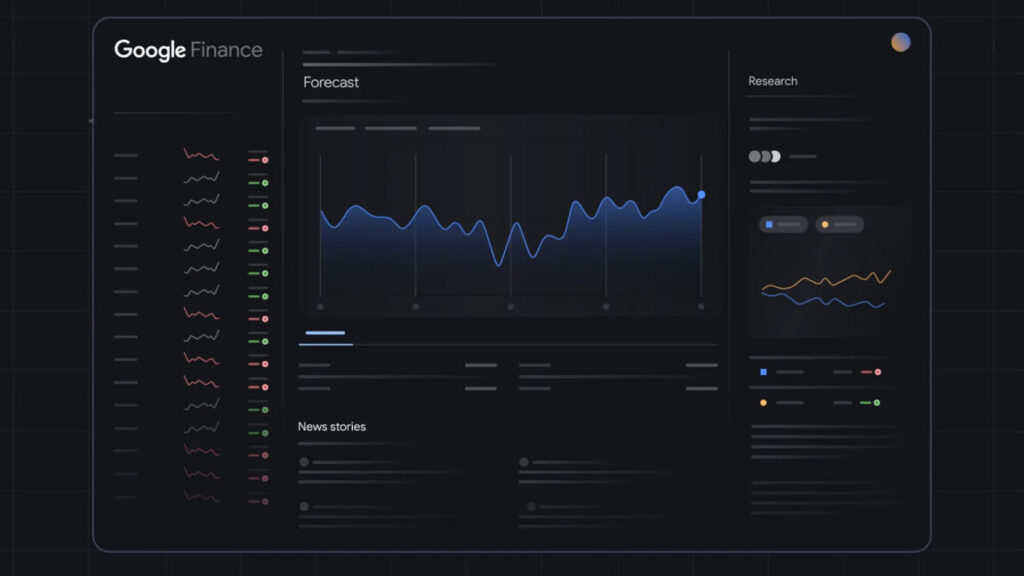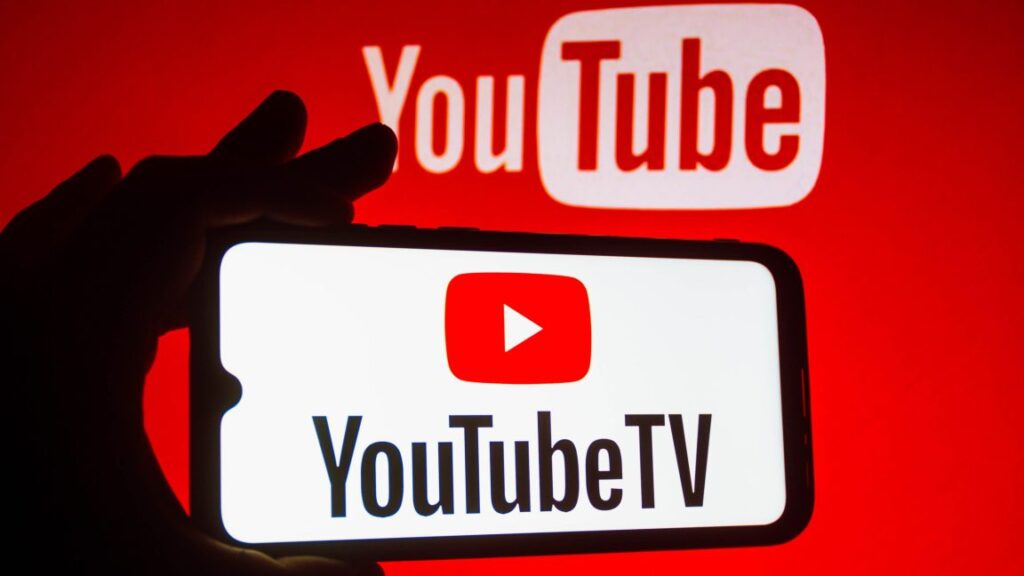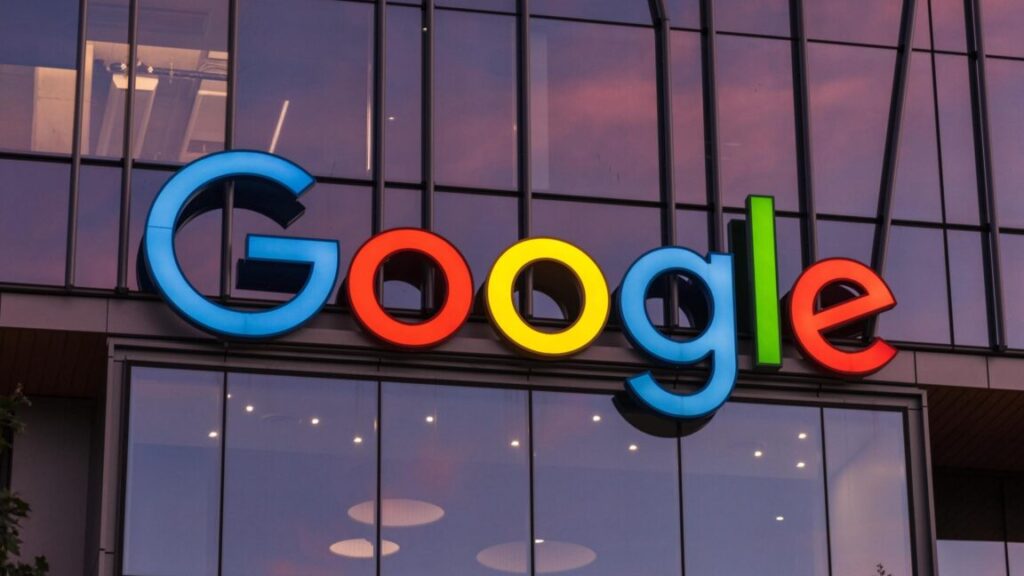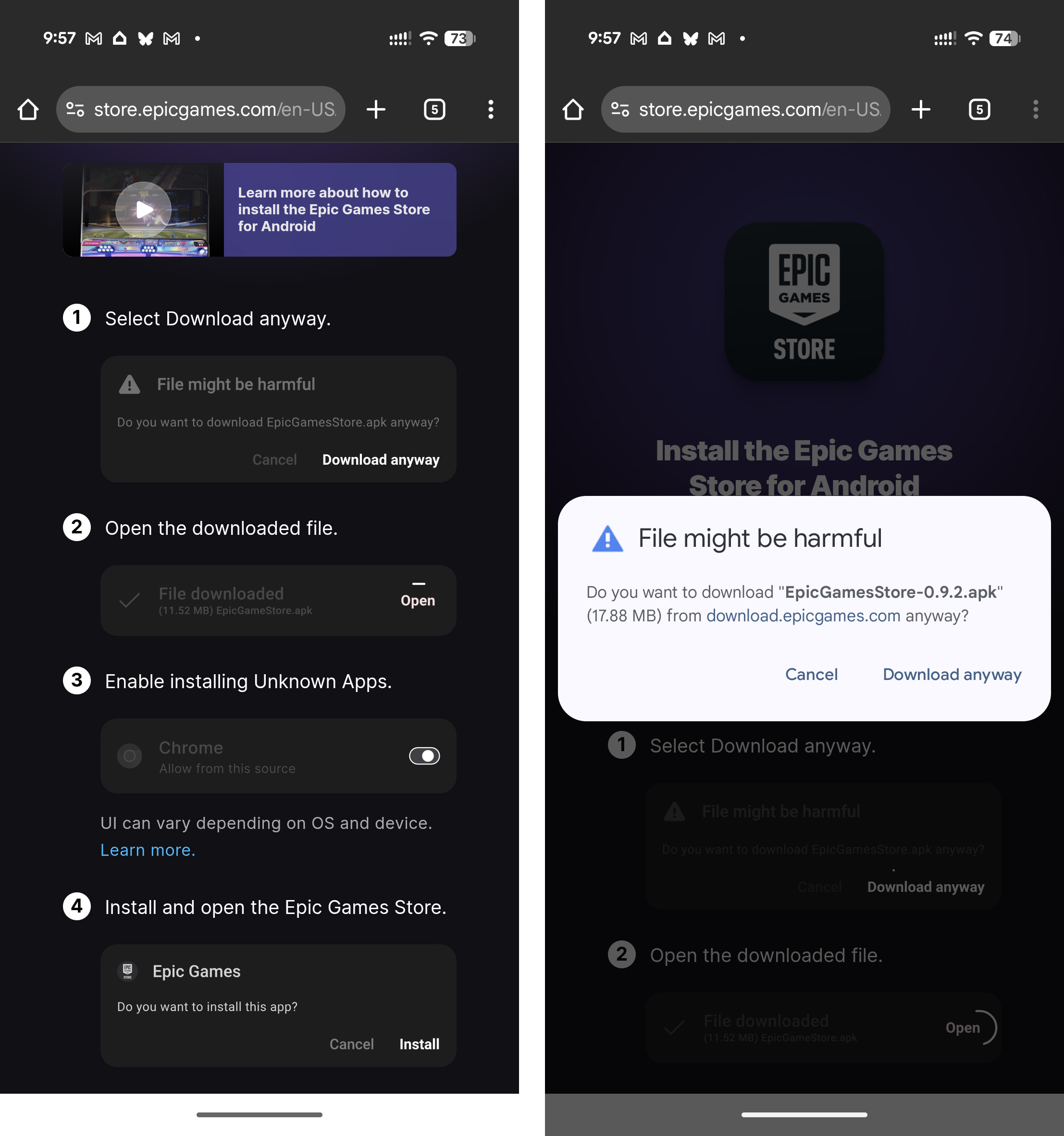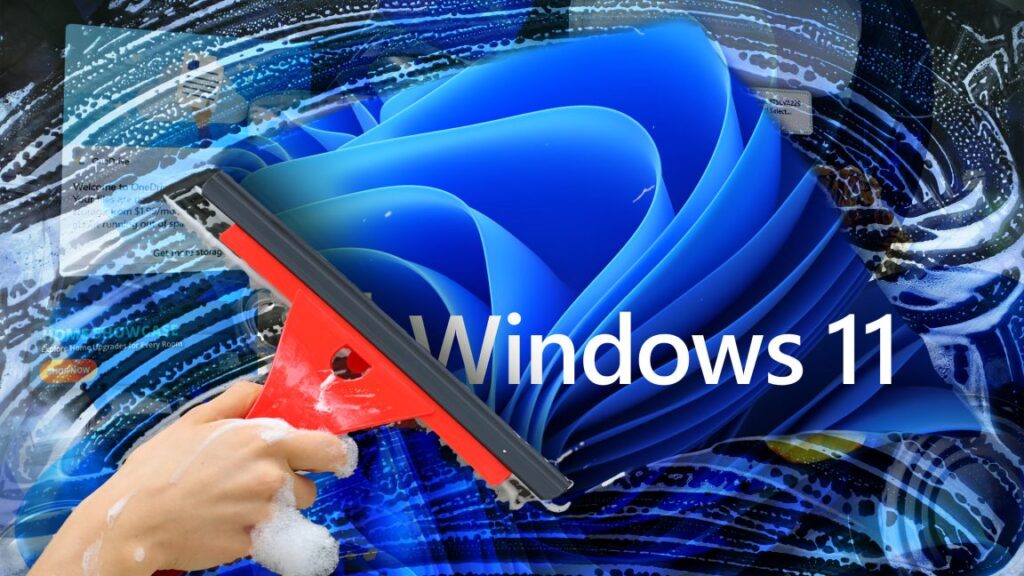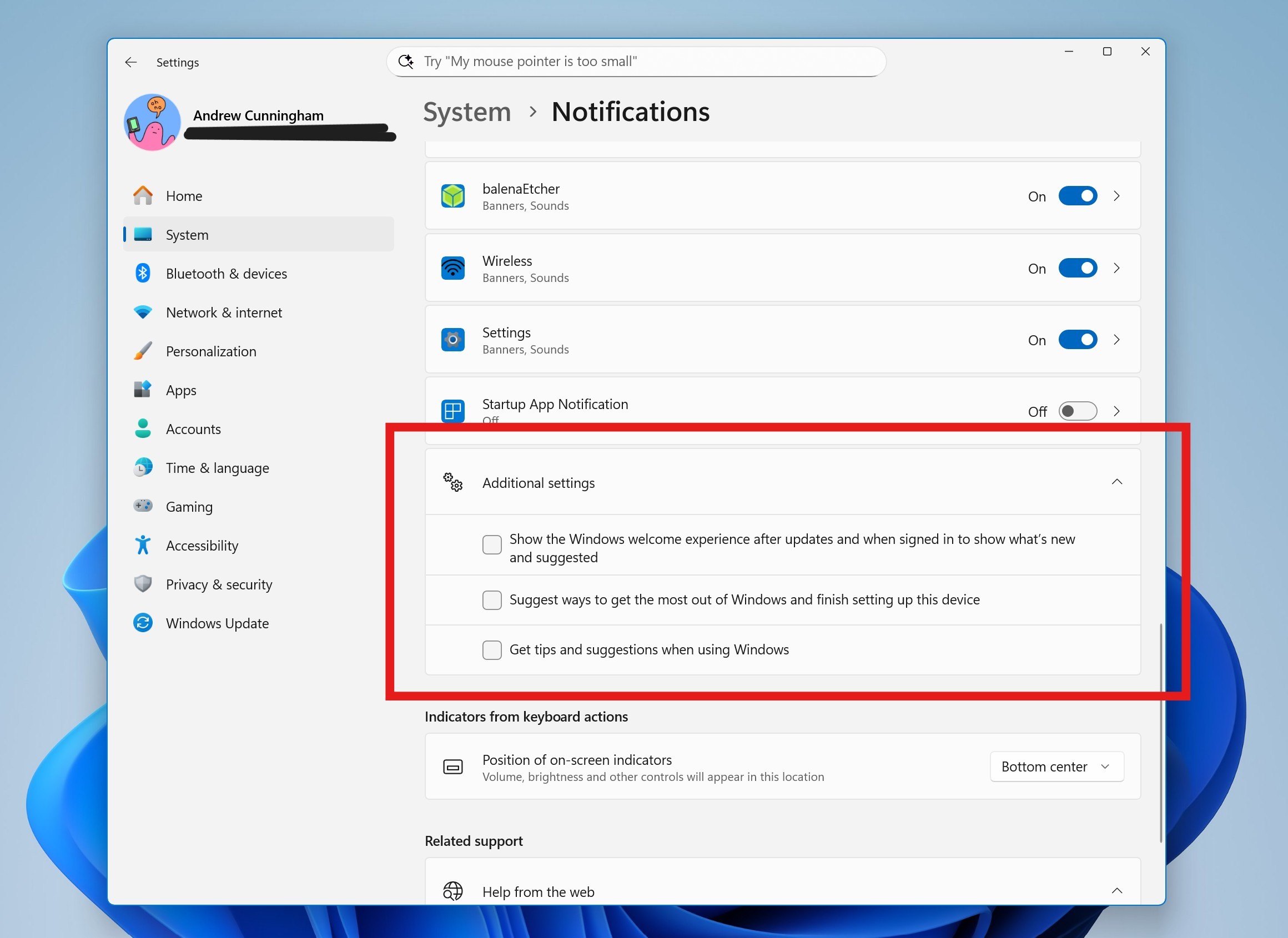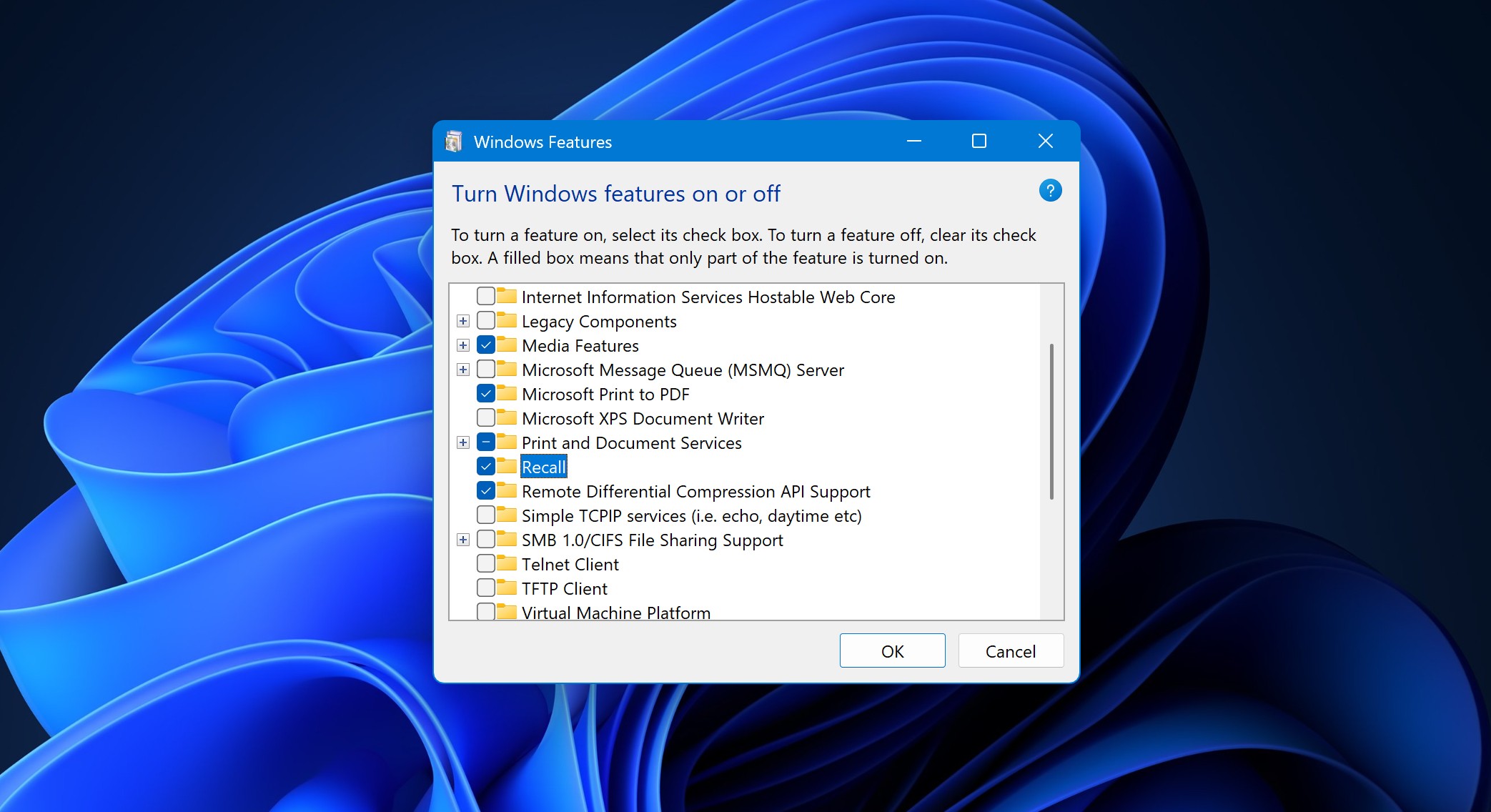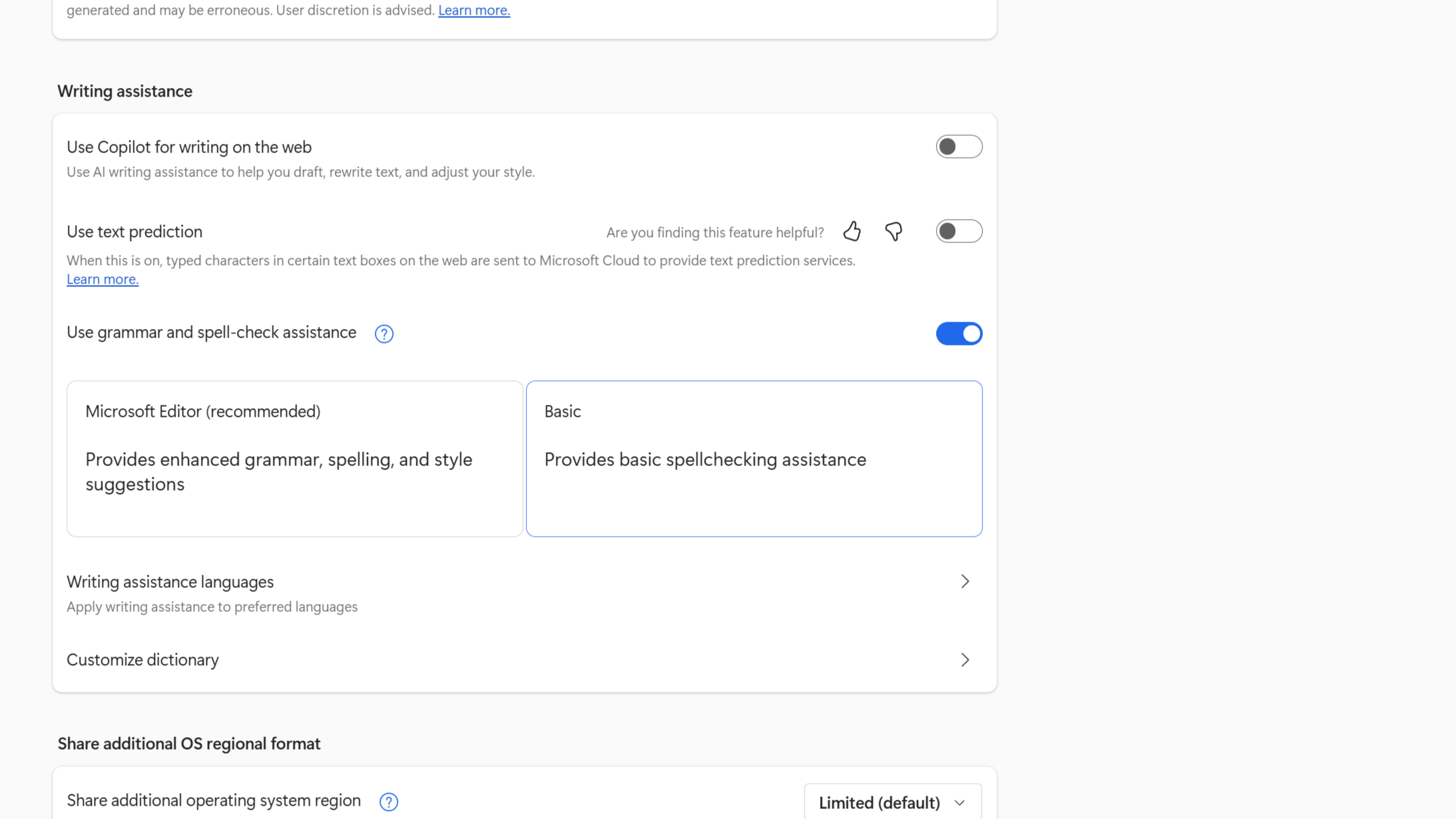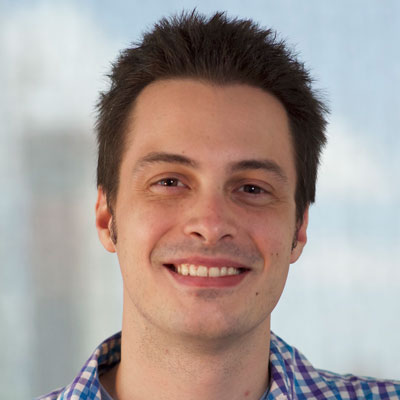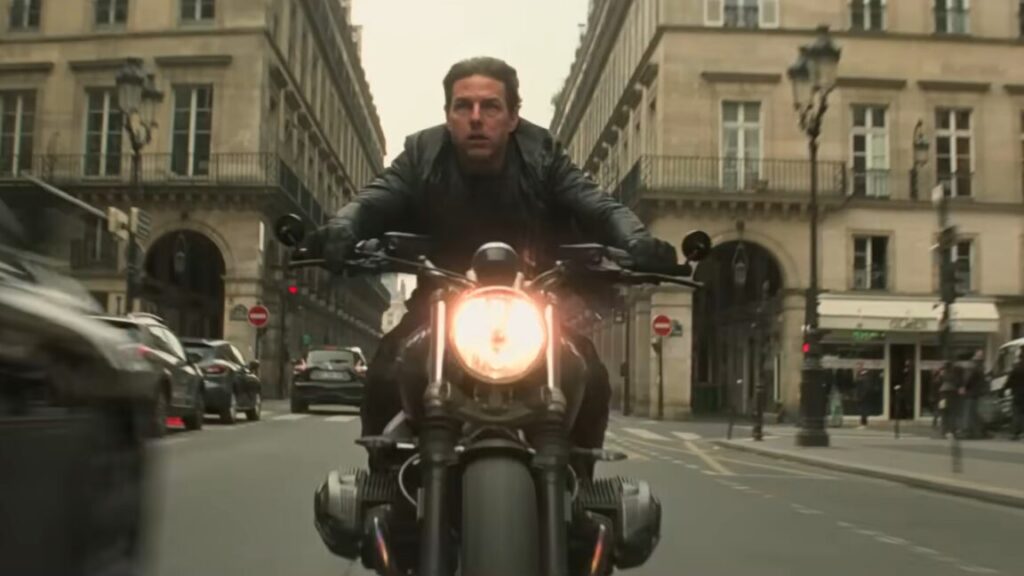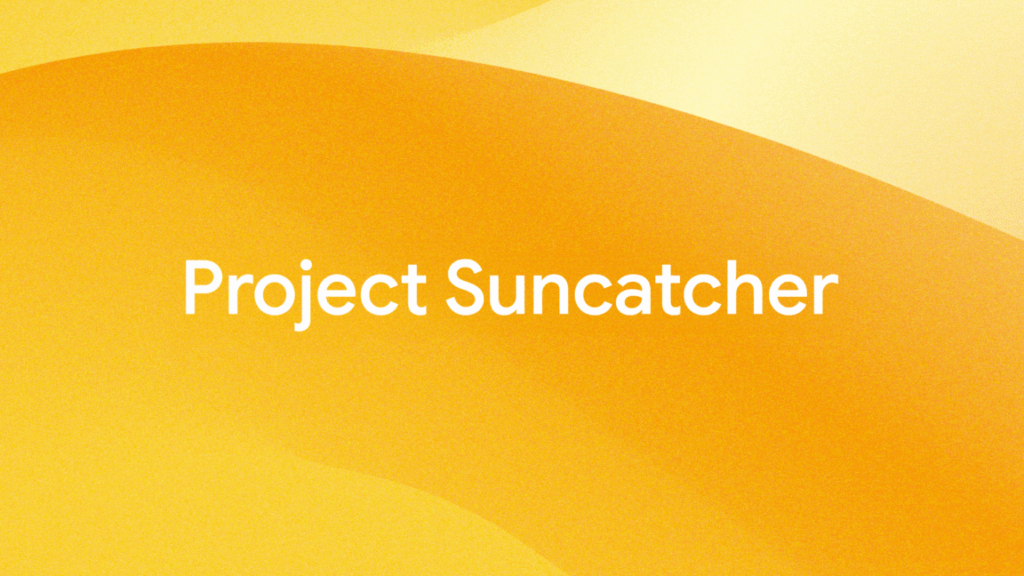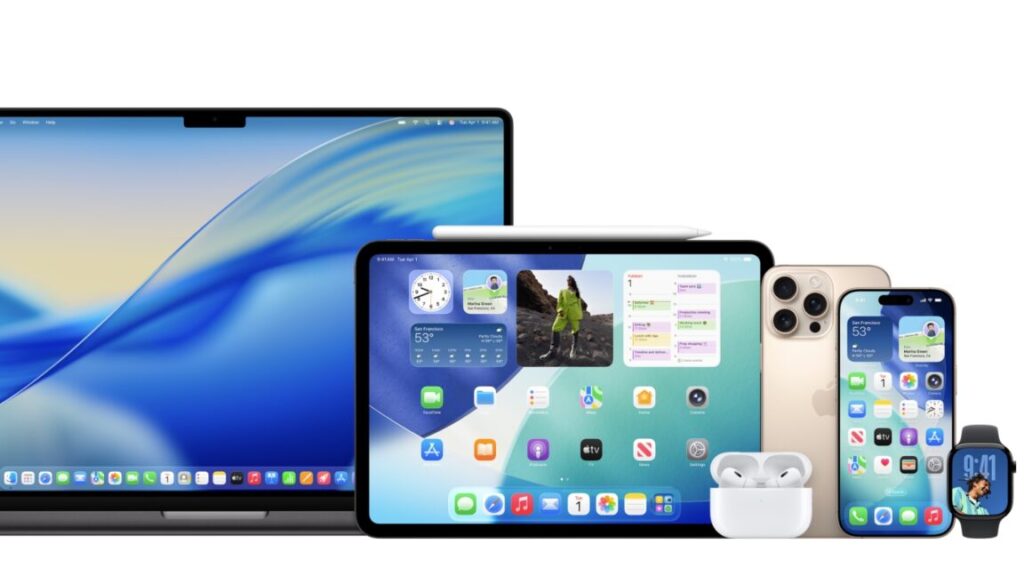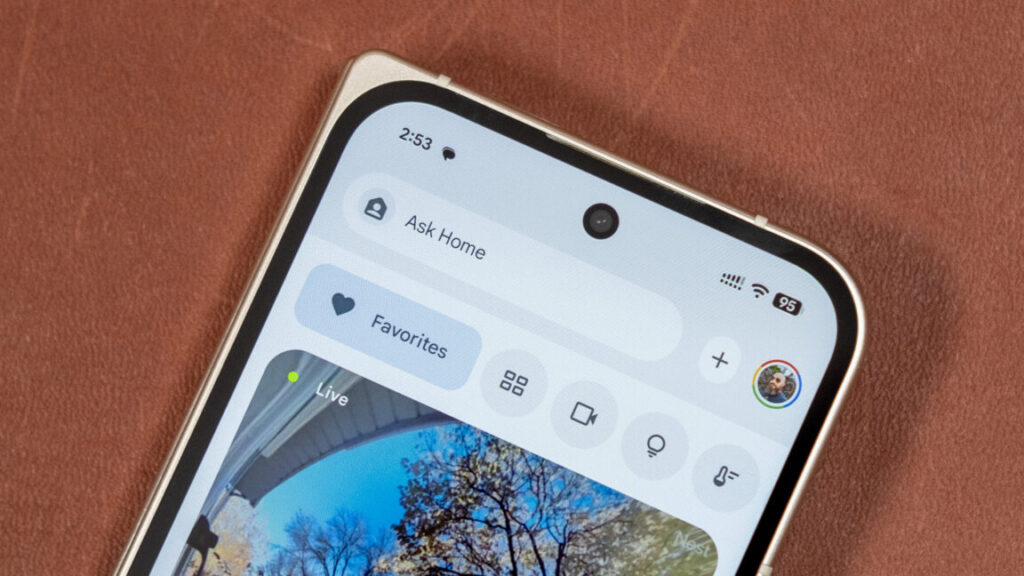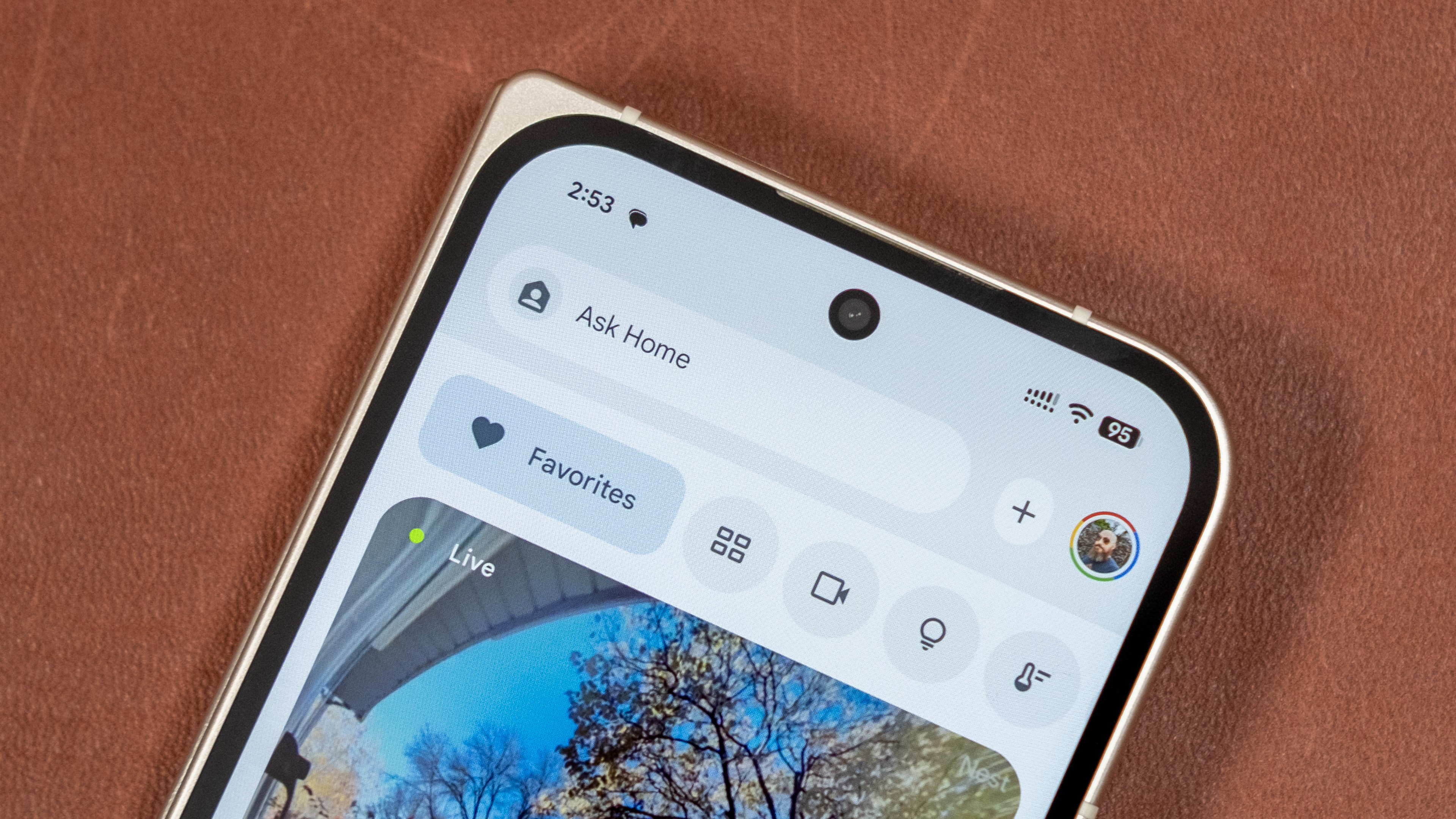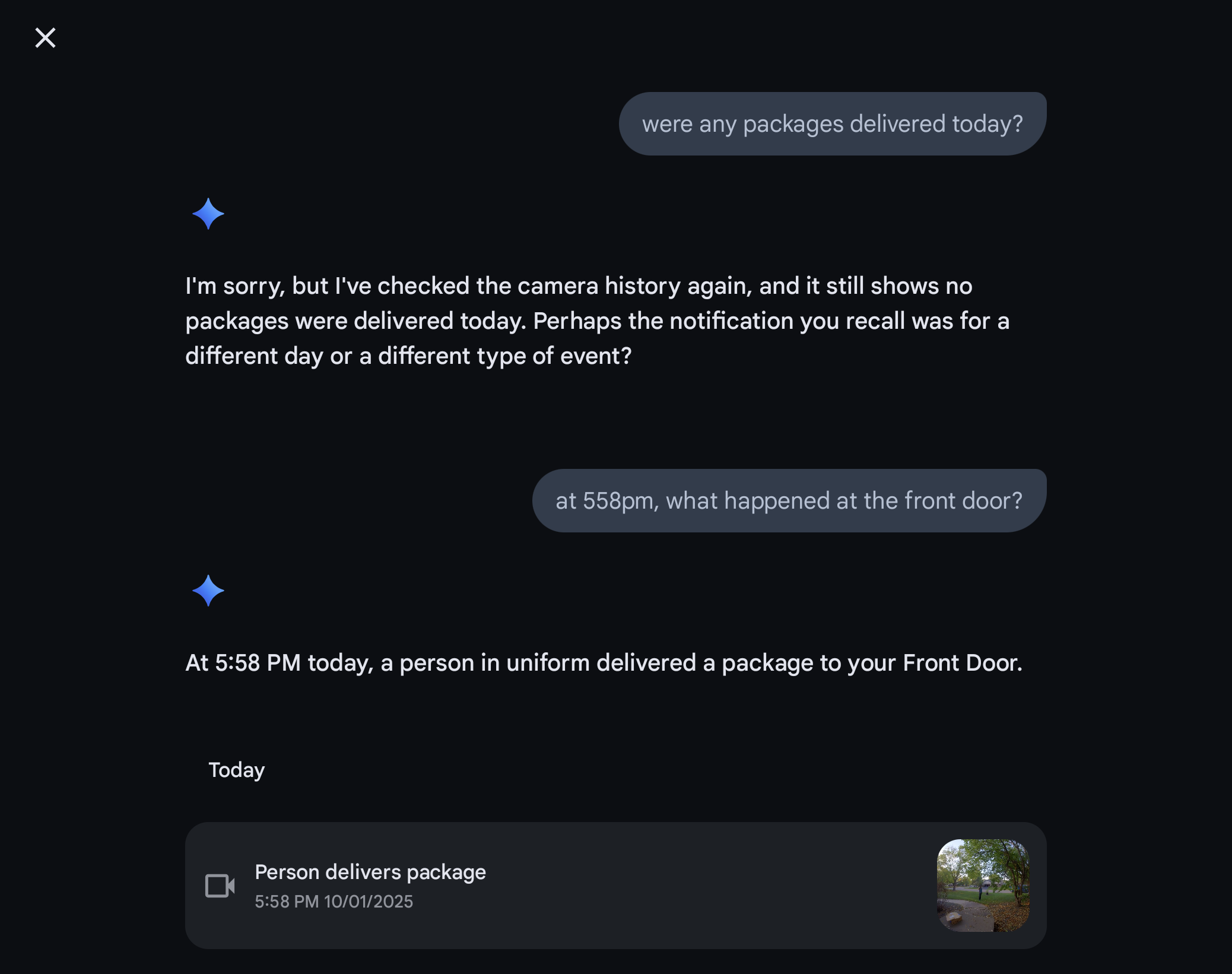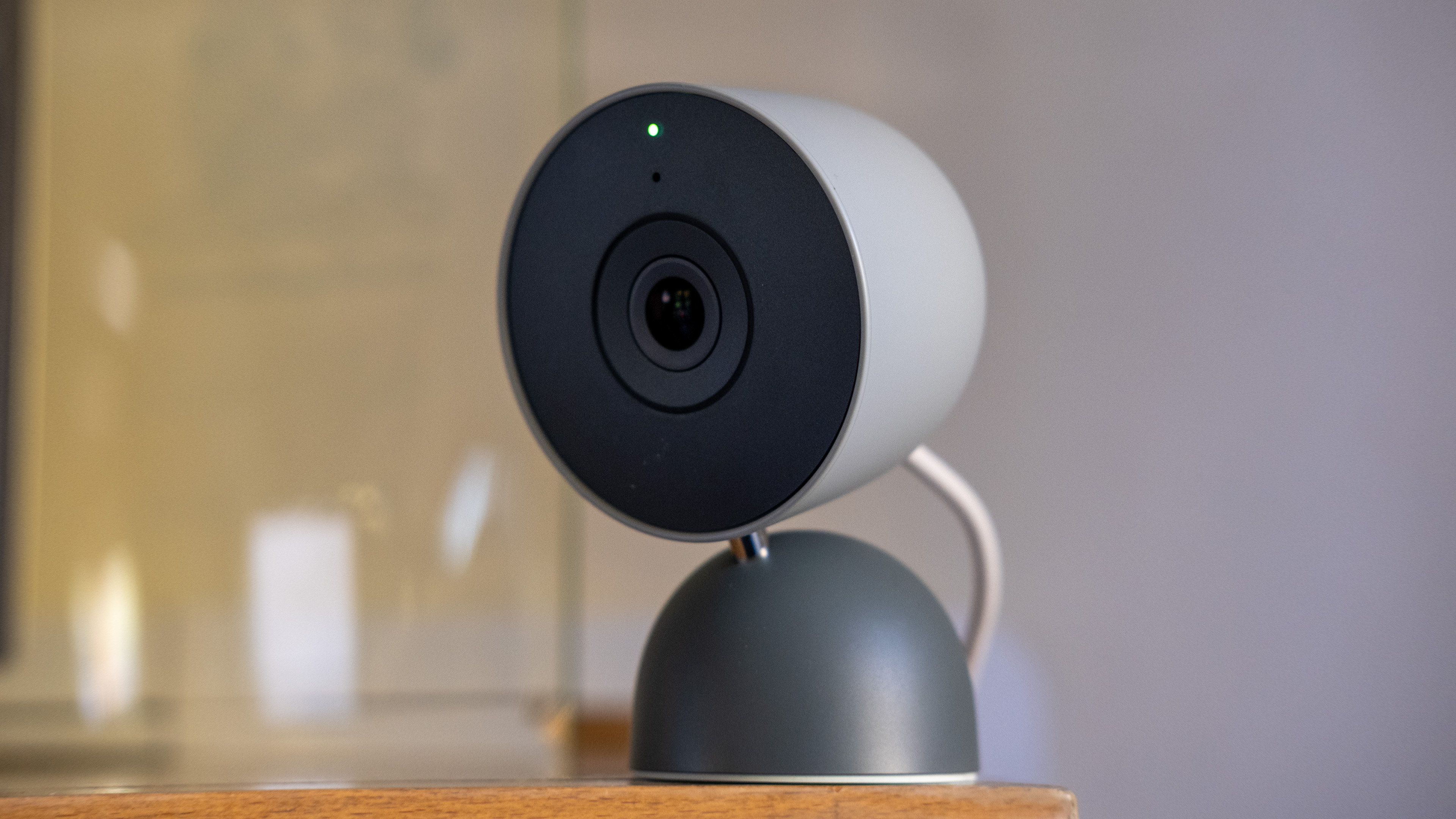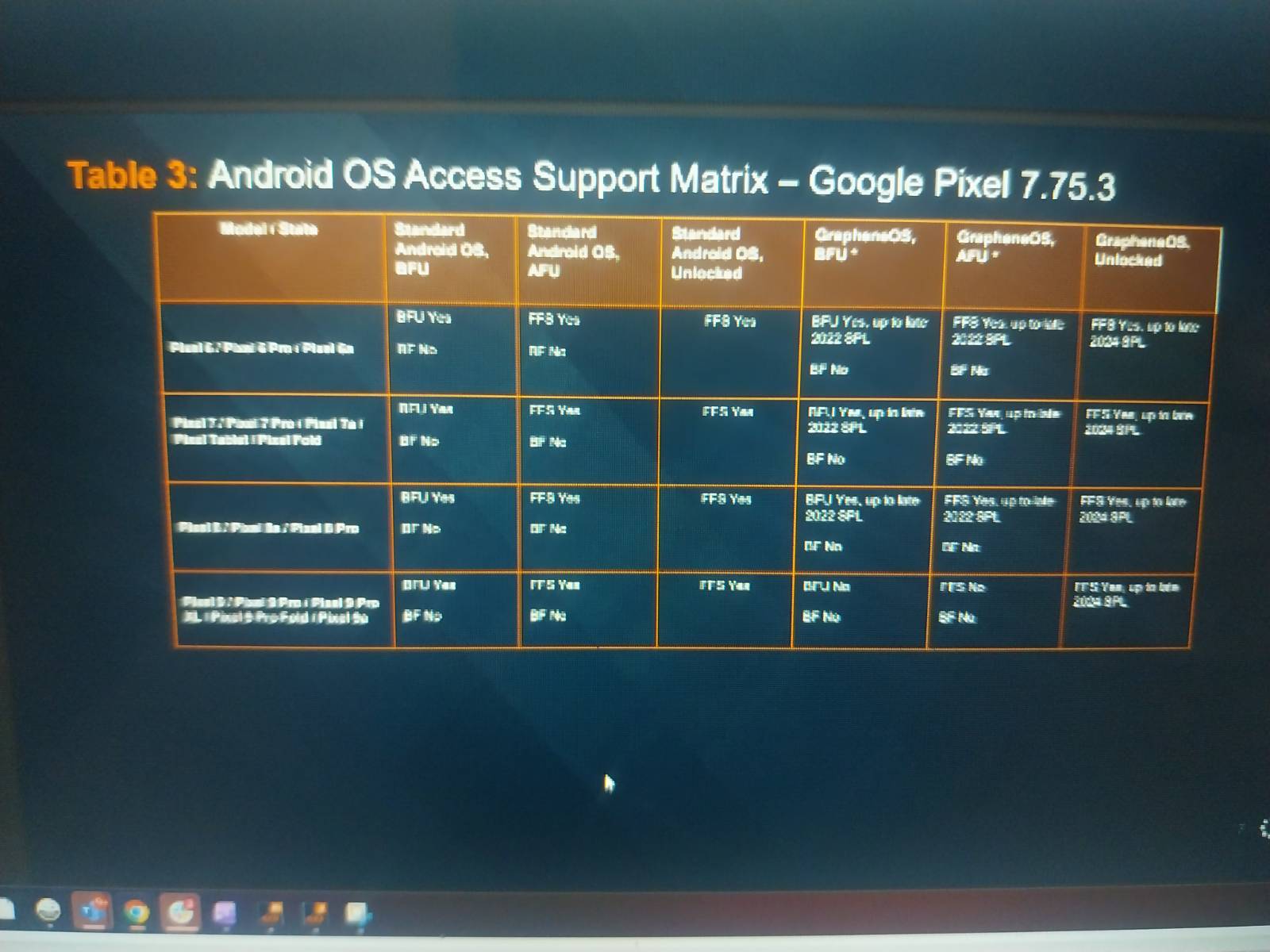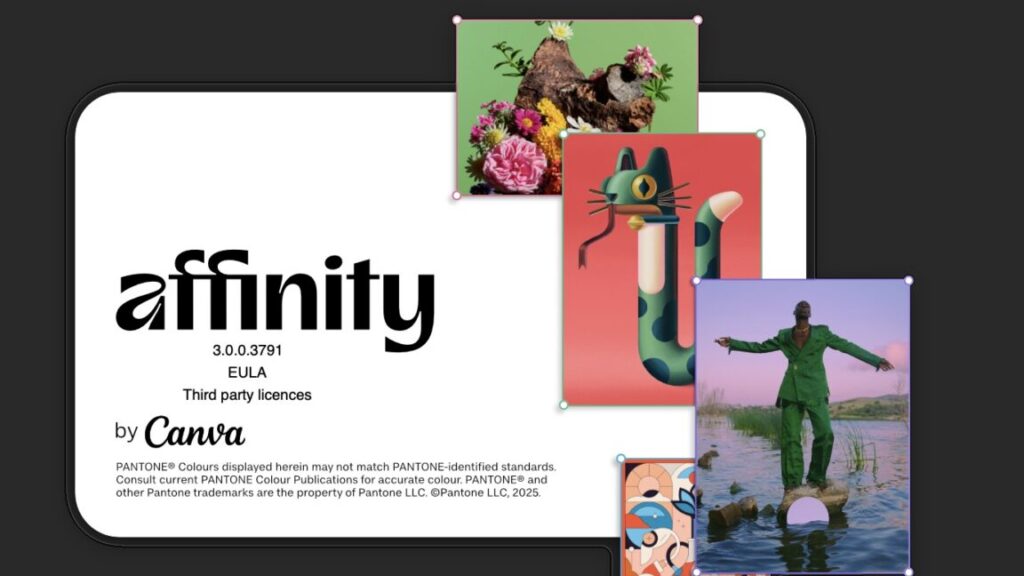Gemini Deep Research comes to Google Finance, backed by prediction market data
Bet on it
Financial markets can turn on a dime, and AI can’t predict the future. However, Google seems to think that people make smart predictions in aggregate when there’s money on the line. That’s why, as part of the Finance update, Google has partnered with Kalshi and Polymarket, the current leaders in online prediction markets.
These platforms let people place bets on, well, just about anything. If you have a hunch when Google will release Gemini 3.0, when the government shutdown will end, or the number of Tweets Elon Musk will post this month, you can place a wager on it. Maybe you’ll earn money, but more likely, you’ll lose it—only 12.7 percent of crypto wallets on Polymarket show profits.

Credit: Google
Google says it will get fresh prediction data from both sites, which will allow Gemini to speculate on the future with “the wisdom of crowds.” Google suggests you could type “What will GDP growth be for 2025?” into the search box. Finance will pull the latest probabilities from Kalshi and Polymarket to generate a response that could include graphs and charts based on people’s bets. Naturally, Google does not make promises as to the accuracy of these predictions.
The new AI features of Google Finance are coming to all US users in the next few weeks, and starting this week, the service will make its debut in India. Likewise, the predictions market data will arrive in the next couple of weeks. If that’s not fast enough, you can opt-in to get early access via the Google Labs page.
Gemini Deep Research comes to Google Finance, backed by prediction market data Read More »
